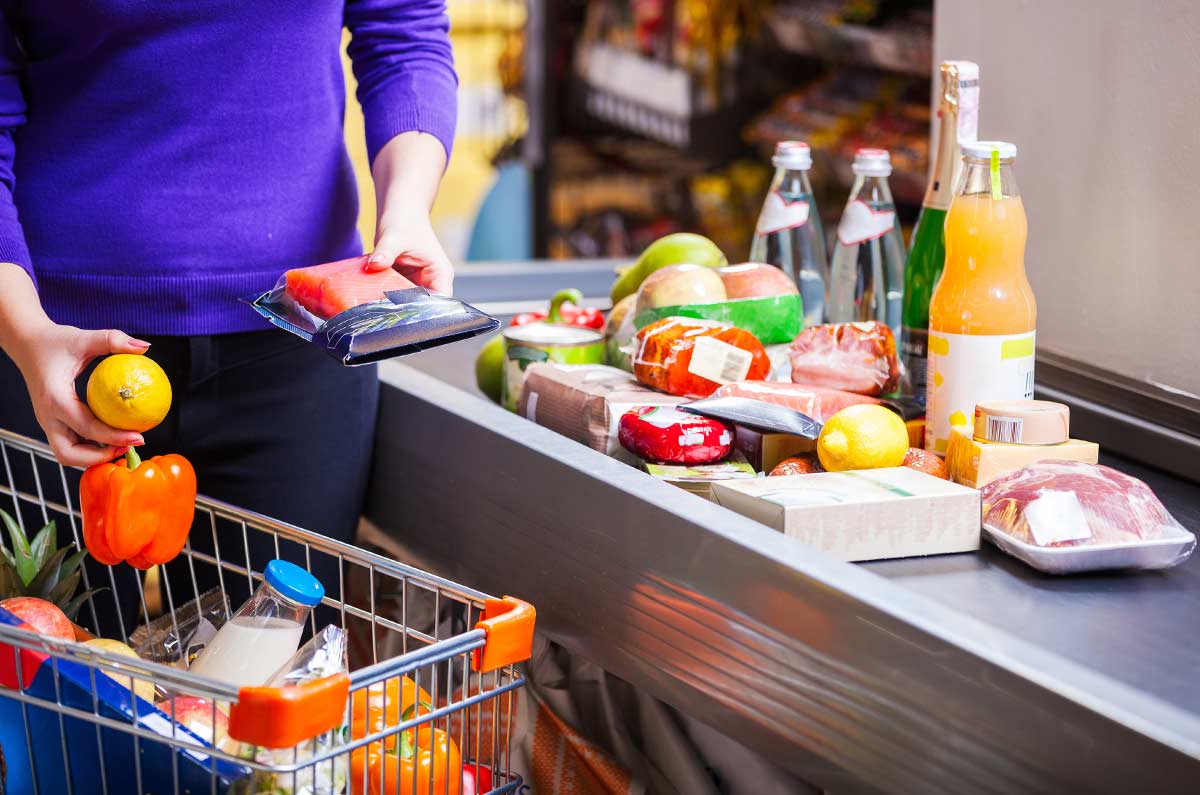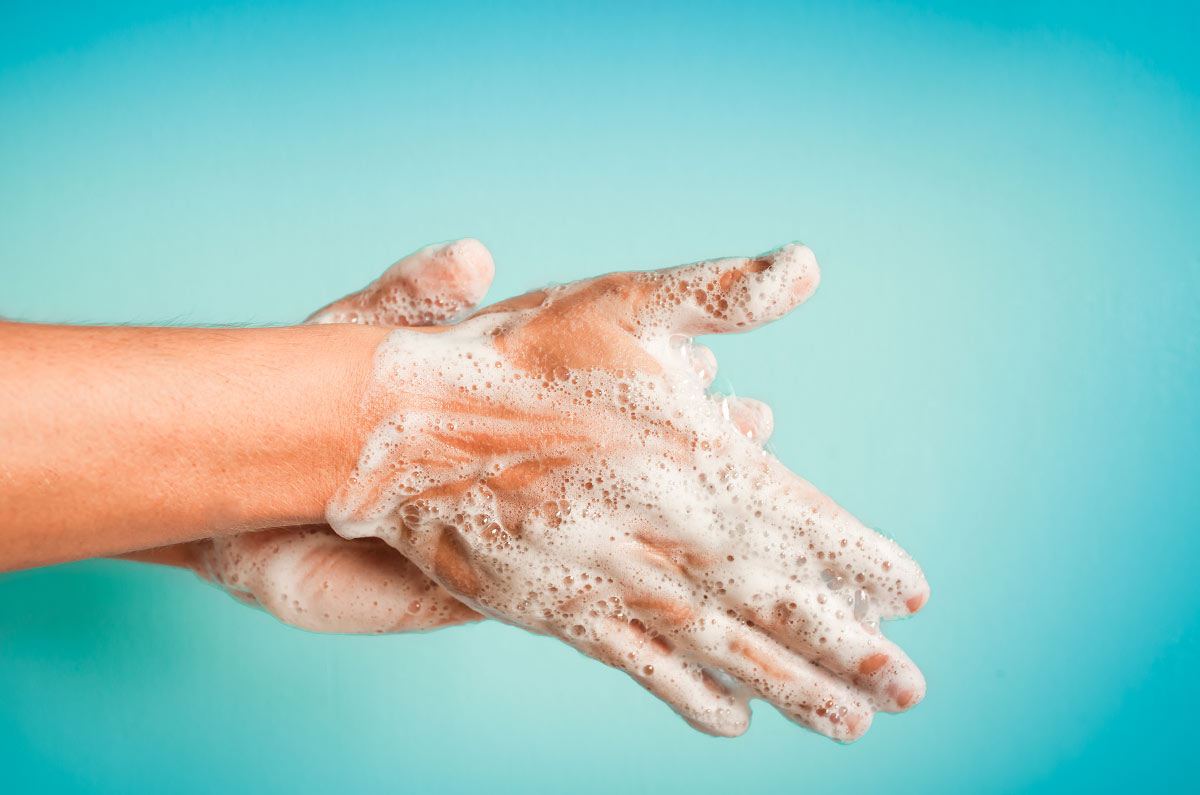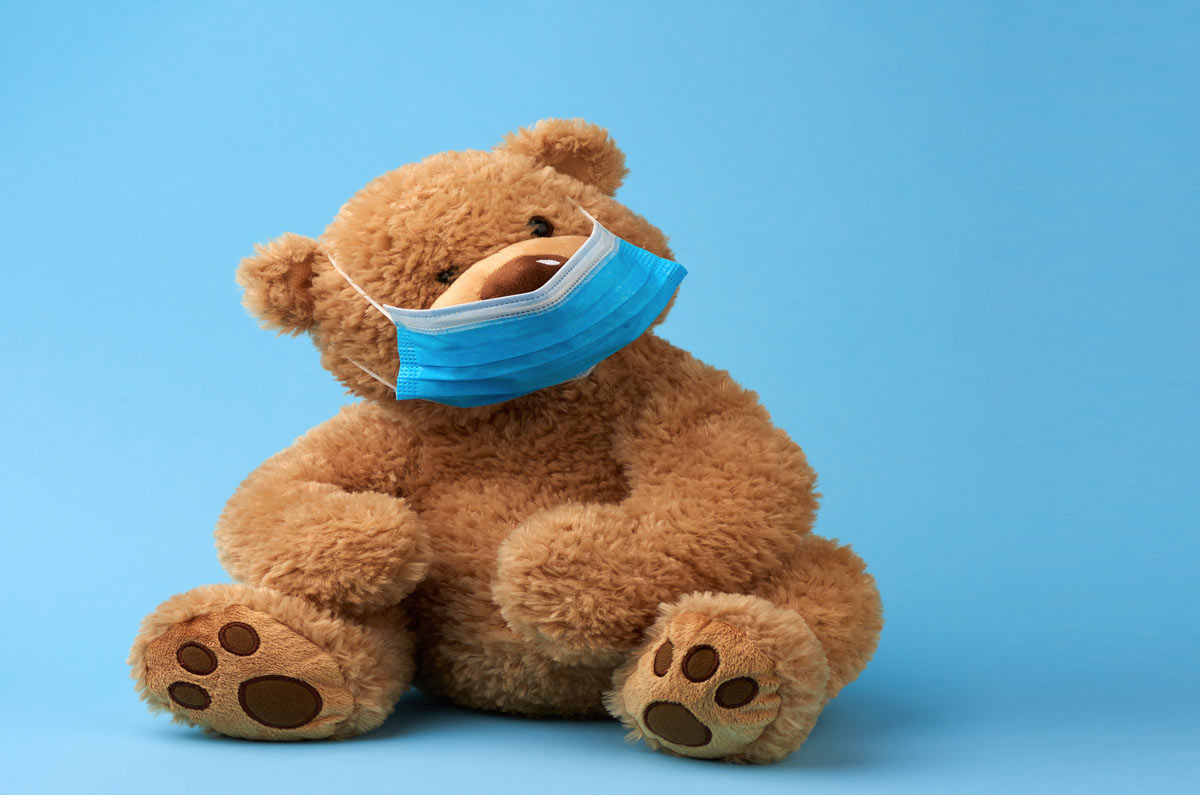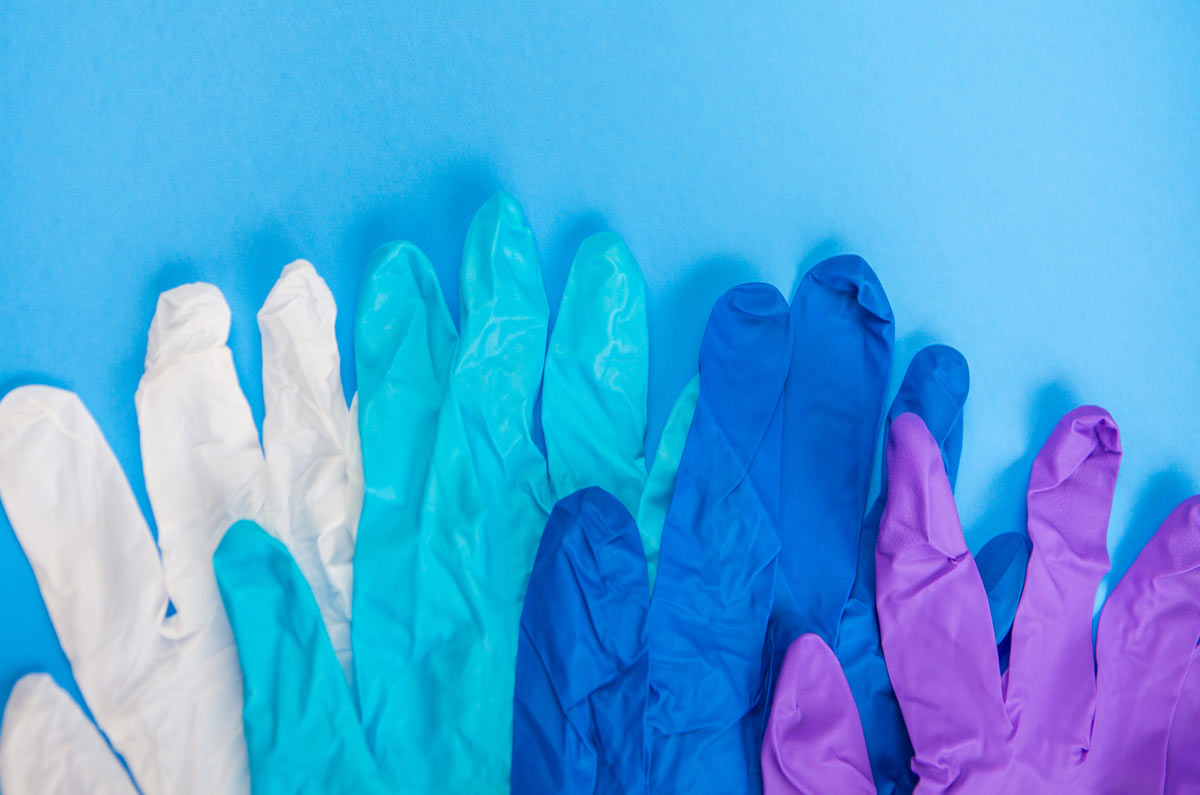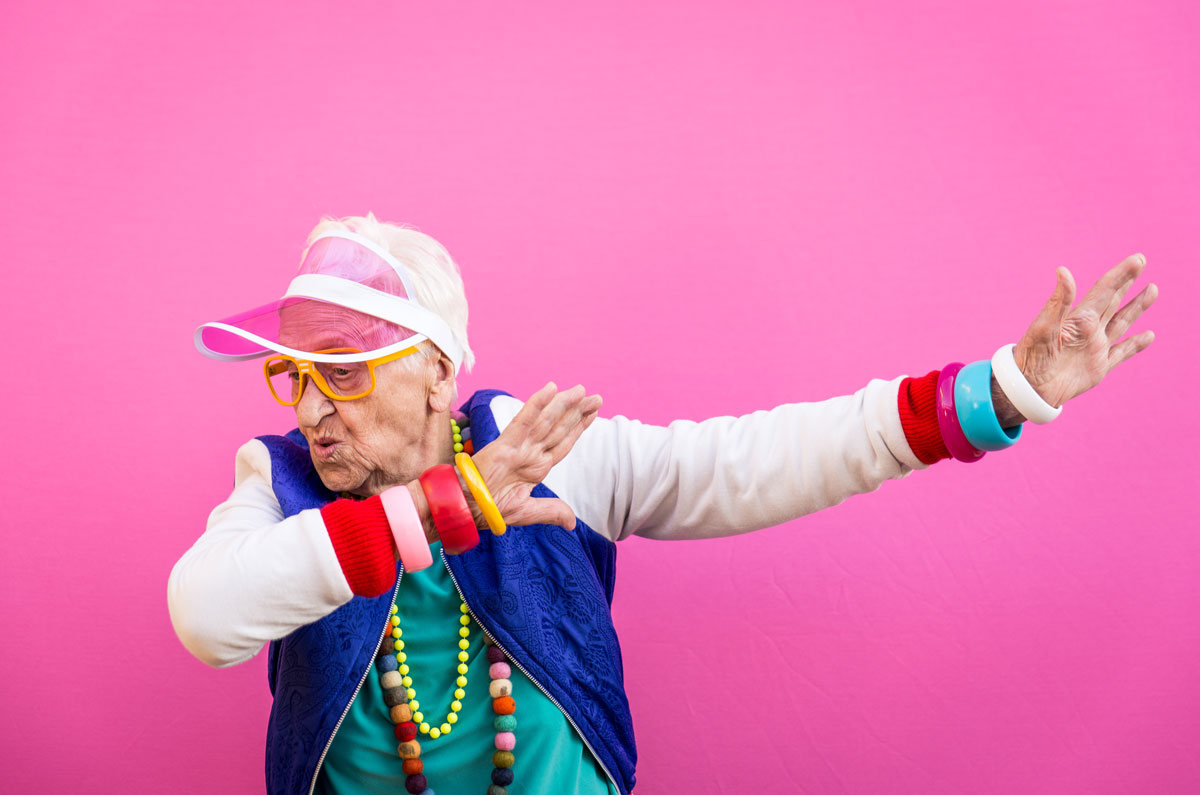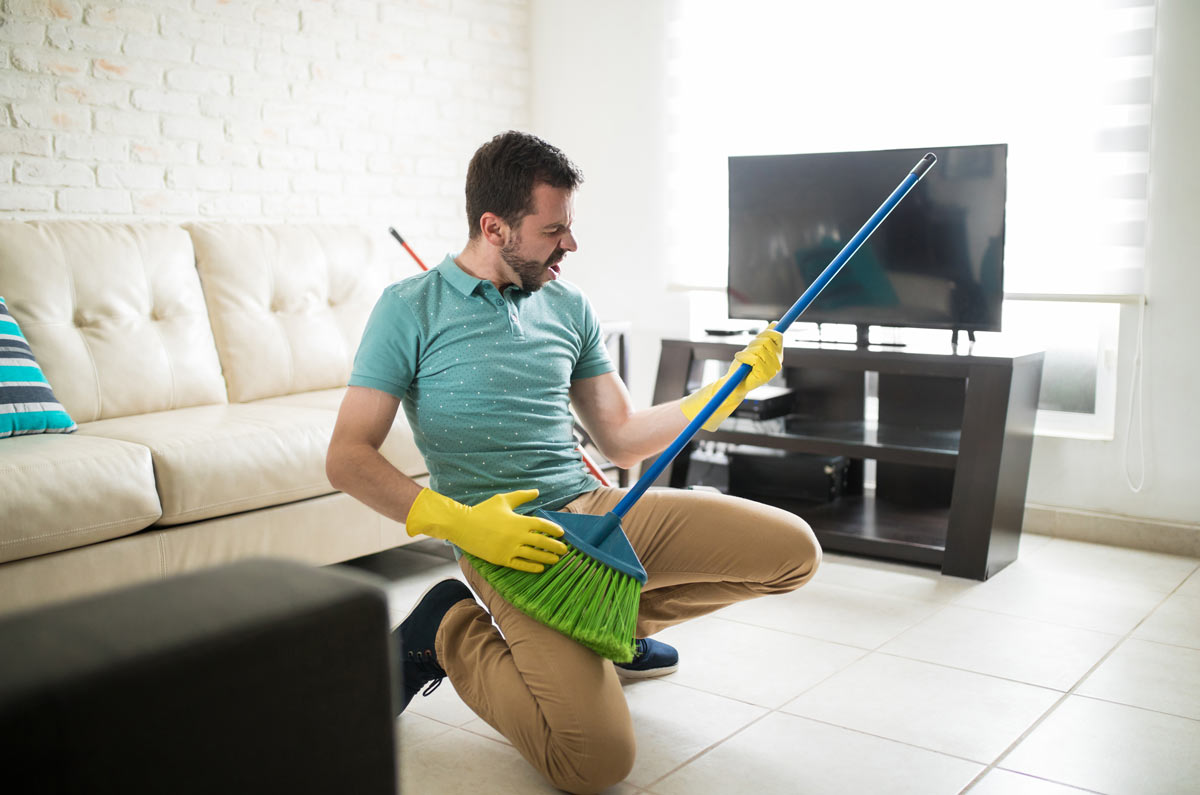Grocery shopping and COVID-19
You know you’ve been in iso for a while when you actually look forward to doing the grocery shopping. It’s one of the few reasons you have to legitimately leave the house. However a trip to the store does increase your risk of becoming infected with COVID-19 and there’s also the possibility of infecting others – in the event you have the virus (but don’t have symptoms). Also for those of us with musculoskeletal conditions, shopping can be a challenge at the best of times.
But we all need to eat, so here are some simple tips to help you navigate your shopping trip:
Don’t shop if you think you have COVID-19, or you’ve been in contact with someone who has it. This is absolutely essential. Call a family member, friend, neighbour or contact your store to find out about getting your items delivered.
Plan around your pain and fatigue and ask for help if you need it. When you’re having a really bad day, or going through a flare, you may not feel up to shopping. As much as you’d like to be able to do everything yourself, sometimes you just need to ask for help. There’s no shame in that, and the people who care about you will want to help. That said, if you need to go out, there are things you can do to make life a bit easier. Wear comfy shoes (including orthotics if you have/need them), grab your walking aid, your shopping list (a foggy brain makes remembering almost impossible) and your shopping buggy/bags. And be kind to yourself as you may feel tired and exhausted for hours/days after your trip. If your battery was already low before you tackled this, it’s may take some time to feel yourself again. Be prepared and have your slippers, doona, cuppa, etc ready so you can take time to recharge.
Only go to the store when you really need to – it’s not an outing. Remember you’re shopping for essentials. Now’s the time to be creative with your cooking and use alternatives if you can. Don’t have fresh ginger? Use dried. Out of mince for tacos? Use beans. Rummage around in the back of the pantry and use what you find.
Be quick and go alone (if you can). Ignore the “but mum!!!” – you’ll be quicker on your own and able to practise physical distancing more efficiently when you’re by yourself.
Write a list before you go. This’ll ensure you get all you need in one trip – and speed up your shopping.
Be prepared to use alternatives if your store is out of a product you need. Before you go to the store, search online for some of your key ingredients and potential substitutes. For example if they’re out of pasta, substitute with vegies like zucchini. No chickpeas? Use cannellini, kidney or black beans.
Once you get to the store, hygiene and physical distancing is key:
-
- Use the sanitiser and disinfectant wipes that the shops provide – or use your own if you have it – on your hands and on the handles on your trolley/basket.
- Keep a least 1.5 metres between yourself and others.
- Don’t touch your face (this one really kills me – I always develop an itchy nose when I try not to touch my face) and keep your phone in your pocket or bag.
Don’t panic buy and hoard goods. We have no shortage of food or items like toilet paper in Australia. Sometimes things are a little harder to get hold of – and that’s due to people freaking out and buying more than they need – but things come back into stock fairly quickly these days. And if you’re prepared with your list of alternatives, you’re able to deal with some items not being available.
Be kind to others:
-
- Your fellow shopper isn’t the enemy and is probably just as worried about everything as you. So be patient, give them space, and be tolerant.
- The staff at the store also deserve our kindness and empathy – they’re busy trying to keep the shelves stocked and help us get in and out as quickly as possible.
- Check in with your elderly, isolated or vulnerable neighbours to see if they need you to pick anything up for them.
Avoid busy times if you can.
Gloves and masks aren’t necessary…but if you want to use them, make sure you’re using them correctly.
Change the way you pay. If you have a contactless option for paying via your phone, watch or other device, or a contactless card, that’s the best option. But if you have to use cash or a card that requires you to touch a machine, that’s fine. Just wash or disinfect your hands afterwards. And until you’re able to do that, don’t touch your face.
Wash your hands thoroughly when you get home, and then unpack your shopping. You don’t need to disinfect your groceries. The WHO states that there’s no confirmed case of the virus being transferred via food or packaging.
Wash your fruit and vegetables with clean water – as you would have prior to the pandemic. Don’t use soap or any kind of disinfectant.
Clean your surfaces (bench, table) with soap and water after you’ve put your groceries away, and wash your hands again.
Take advantage of supermarket community hours or priority services, if you’re eligible.
Larger chain supermarkets like Coles, Woolworths and IGA are offering a range of options for those that can’t, or don’t want to leave their homes. If you’re a senior, living with a disability or compromised immunity you’re eligible for these services but you’ll need to log on to their website and register. If you can’t do this yourself, perhaps a neighbour or family member may be able to help (while practicing safe physical distancing of course!).
Your local independent supermarket, delis and smaller stores may also be offering delivery at this time. Contact them directly to find out more.
Contact our free national Help Line
Our nurses are available weekdays between 9am-5pm to take your calls (1800 263 265), emails (helpline@msk.org.au) or messages via Messenger. So if you have questions about things like COVID-19, your musculoskeletal condition, treatment options, telehealth, managing your pain or accessing services – contact them today.
More to explore
- How to minimise your coronavirus risk while shopping at the supermarket
ABC News, 31 March 2020 - Coronavirus disease (COVID-19) advice for the public
World Health Organization

